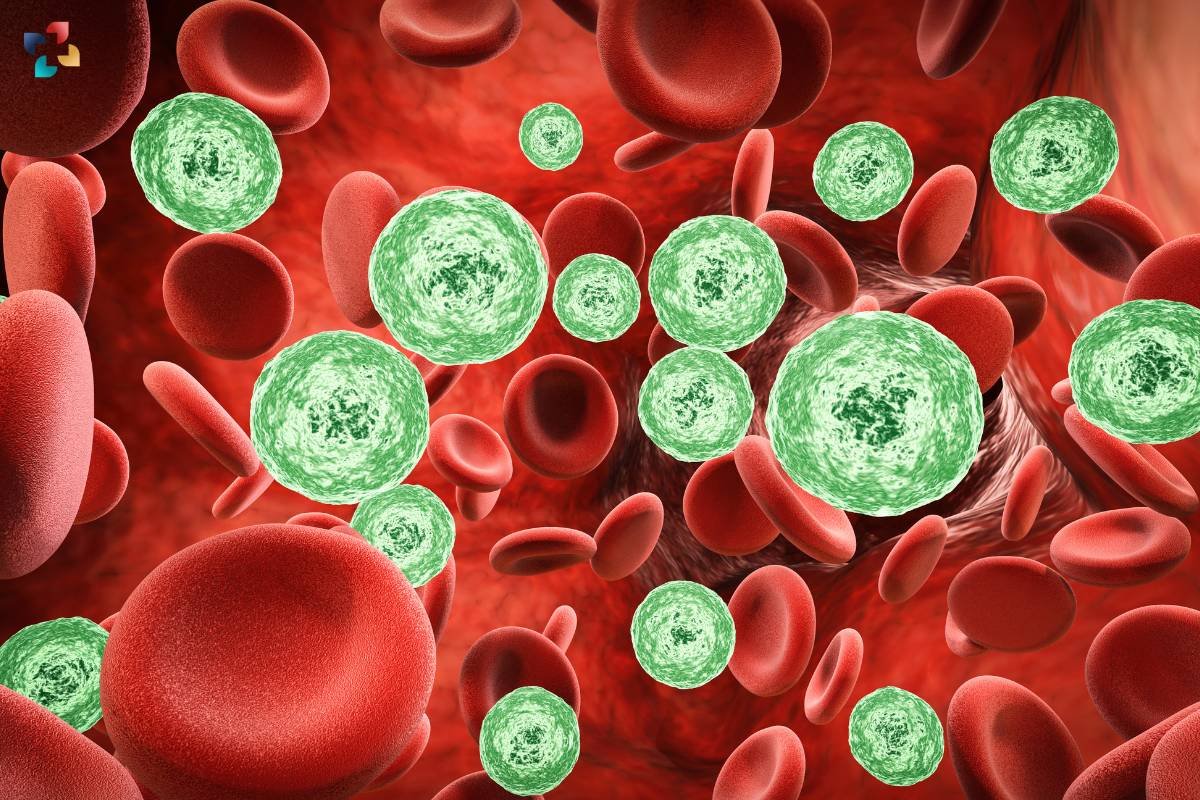A recent study conducted by researchers from multiple Japanese institutions has revealed groundbreaking insights into the regulatory mechanism of a specific protein that plays a crucial role in balancing the immune response to viral infections in mammal cells. These findings hold significant implications for the development of antiviral therapies and nucleic acid medicines to combat viral infections and genetic disorders.
Key Findings and Mechanisms
For cells to defend against viral infections, various immune responses, including apoptosis and interferon signaling, are triggered. Apoptosis, or programmed cell death, helps eliminate infected cells from the body, while interferons protect cells from viral attacks and prevent viral replication. However, the mechanism maintaining a balance between apoptosis and interferon response remained unclear until now. The study focused on a protein called TRBP, which is classified as an RNA silencing factor. RNA silencing, a mechanism observed in plants and invertebrates, involves cleaving viral RNA to suppress viral replication.
Implications and Future Directions
The study’s findings shed light on TRBP’s pivotal role in regulating interferon response and apoptosis during viral infections. TRBP’s functional conversion irreversibly increases programmed cell death while reducing interferon signaling, effectively halting viral replication. This discovery not only enhances our understanding of antiviral defense mechanisms but also paves the way for the development of nucleic acid medicines targeting viral infections and genetic disorders. Collaboratively conducted with various Japanese institutions, including Saitama University, Chiba University, Kyoto University, and Maebashi Institute of Technology, this study represents a significant advancement in the field of antiviral research.
In conclusion, the study underscores the importance of unraveling molecular mechanisms underlying immune response to viral infections to develop effective therapeutic interventions. By elucidating the intricate interplay between internal and external RNA pathways in human cells, researchers aim to harness this knowledge to develop innovative treatments for a wide range of viral infections and genetic disorders, ultimately improving patient outcomes and advancing medical science.









